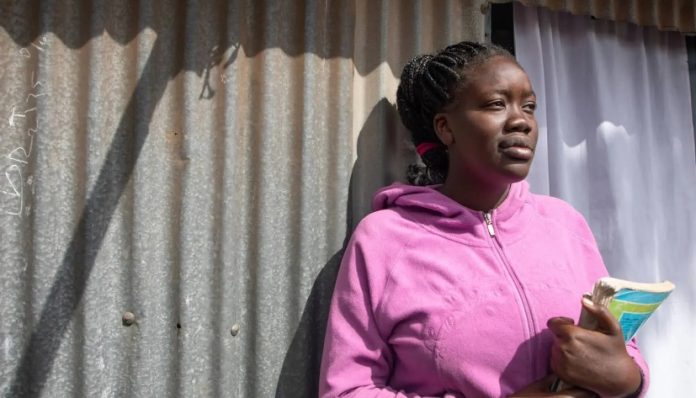In 2022, almost a third (29.5%) of the EU population with a low level of education (International Standard Classification of Education (ISCED) levels 0-2) was considered poor, Eurostat reports.
This rate was more than 3 times lower (9.2%) for people with a high level of education (ISCED levels 5-8) and the share of people with an intermediate level of education (ISCED levels 3 and 4) was 18.0%.
In 26 EU countries, the share of people with a low level of education considered poor was higher compared to those with a medium or high level of education. Only Finland had a slightly higher proportion of people with secondary education.
Among EU countries, Greece has the highest proportion of people with a low level of education (four-fifths; 81.6 per cent) considered poor. It is followed by Bulgaria (67.9 per cent) and Slovakia (53.3 per cent). The lowest rates were recorded in Luxembourg (10.0 per cent) and Sweden (11.3 per cent).
Most EU members noted significant differences between populations with high and low levels of education. In 12 countries, the difference was at least 20 percentage points (pp). The largest differences were observed in Bulgaria (47.7 pp), Hungary (41.5 pp) and Slovakia (39.5 pp), and the smallest in Finland (4.5 pp), Denmark (5.9 pp) and Sweden (7.1 pp).
